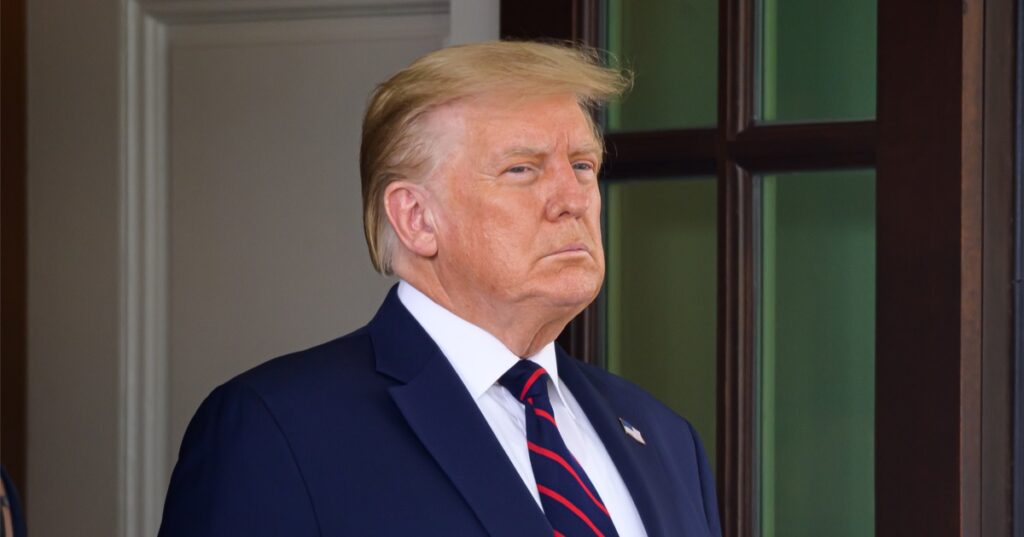The Senate voted 51-47 to nullify President Donald Trump’s global tariff policy, with four Republicans breaking ranks, but the action looks largely symbolic because the House and a presidential veto remain in play; this article walks through the vote, who defected, the legal framing of the resolution, why it probably won’t change policy, and how supporters are spinning the result.
The upper chamber’s 51-47 margin carries a headline-friendly sound, but the story beneath it is more complicated. Four GOP senators joined Democrats to form the majority, and that coalition was enough to pass a joint resolution aimed at terminating the emergency authority behind the tariff program. The vote highlights fractures inside the Republican conference over how to balance constitutional concerns, economic impact, and presidential authority.
The identities of the four Republicans who crossed the aisle tell the political part of the story. The defectors were Mitch McConnell (R-KY), Rand Paul (R-KY), Susan Collins (R-ME), and Lisa Murkowski (R-AK). Rand Paul’s role is notable because he sponsored the resolution, framing the move as a defense of constitutional limits on tariffs and emergency powers.
That history matters because this claim has an earlier chapter. The same proposal failed in the Senate in late April on a 50-49 vote after Vice President Vance cast the tiebreaking vote to defeat it. Critically, McConnell and Democratic Sen. Sheldon Whitehouse (R.I.), who voted Thursday for the resolution, missed the vote in the spring.
The substance of what passed is short and direct, designed to be simple and symbolic at once. The one-page Senate joint resolution simply declares that the national emergency declaration that Trump invoked on April 2, which the president dubbed “Liberation Day,” to authorize sweeping reciprocal tariffs on countries cross the globe would be “terminated” on the date of its enactment. That brevity makes the resolution easy to explain, but not necessarily powerful enough to change policy by itself.
Symbolism is exactly what critics and supporters are fighting over in public statements. Supporters cast the vote as an insistence on constitutional limits and relief for American consumers, arguing that tariffs operate like a hidden tax on families. Opponents of the resolution, including many in House leadership, treat it as a political message that will not, practically speaking, overturn a policy backed by the White House.
Reality checks come fast once you look at the legislative math and the rules for a presidential veto. The vote is unlikely to undermine the agreements, however, since House Republican leadership has blocked votes on Trump’s tariffs until March. Even if the House did eventually approve that or other tariff resolutions, Congress would need a two-thirds majority to overcome a presidential veto. Those are high bars that the Senate vote does not clear on its own.
Given the procedural reality, the resolution’s passage feels mostly like a statement of principle rather than a change in policy. The House still controls whether it will take up the measure, and the White House can veto any resolution that reaches the president’s desk. Without a two-thirds majority in both chambers, the Senate’s action cannot by itself displace a veto-backed administration position.
That disconnect between symbolism and practical effect is precisely why some Republicans framed the vote as a win regardless of what happens next. They argue that forcing a roll call and producing a bipartisan majority against the tariff authority sends a message about constitutional limits, costs to consumers, and long-term economic risk. To proponents, the Senate vote is an important marker of where lawmakers stand even if it does not immediately change policy.
The post-vote messaging landed exactly where sponsors wanted it to: on constitutional grounds and pocketbook impact. I’m once again proud to see the Senate stand up for the Constitution and vote to end an unconstitutional tax on Americans. Tariffs aren’t paid by foreign countries, they’re paid by American families. I hope to see the House follow suit.
Whether that messaging turns into legislative change depends on the House and on political calculation in both parties. With leadership in the House blocking votes and a president willing to defend the tariff program, the Senate’s majority will now have to decide if they accept a symbolic win or press harder for a lasting check. The next steps will play out in committees, headlines, and the careful math of votes rather than in a single dramatic shift of policy.



